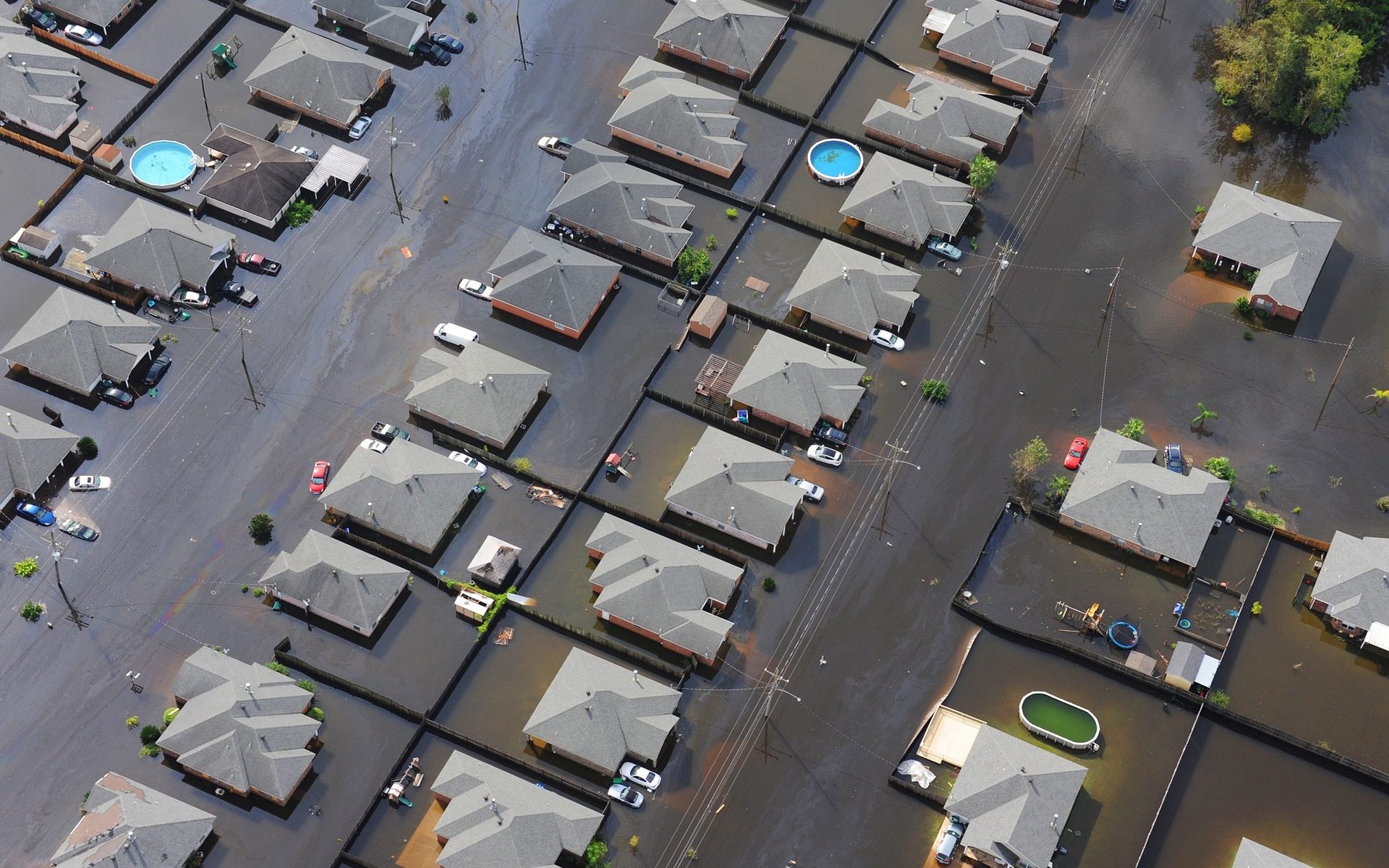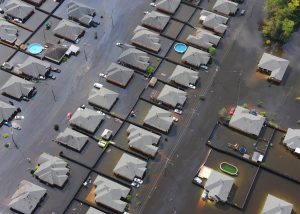This post was originally published on the Richard J. Driscoll, Consulting Engineer blog and has been edited for length. The original can be found here.

Most people understand that earthquakes can produce catastrophic damage to the built environment. However, given that large earthquakes are relatively rare, and that the television news cameras typically move on a few days after any disaster, a lot of people’s understanding of the effects of earthquakes may be shaped more by bad disaster movies than reality. Continue reading “What Everyone Should Know About Earthquakes and Structures”
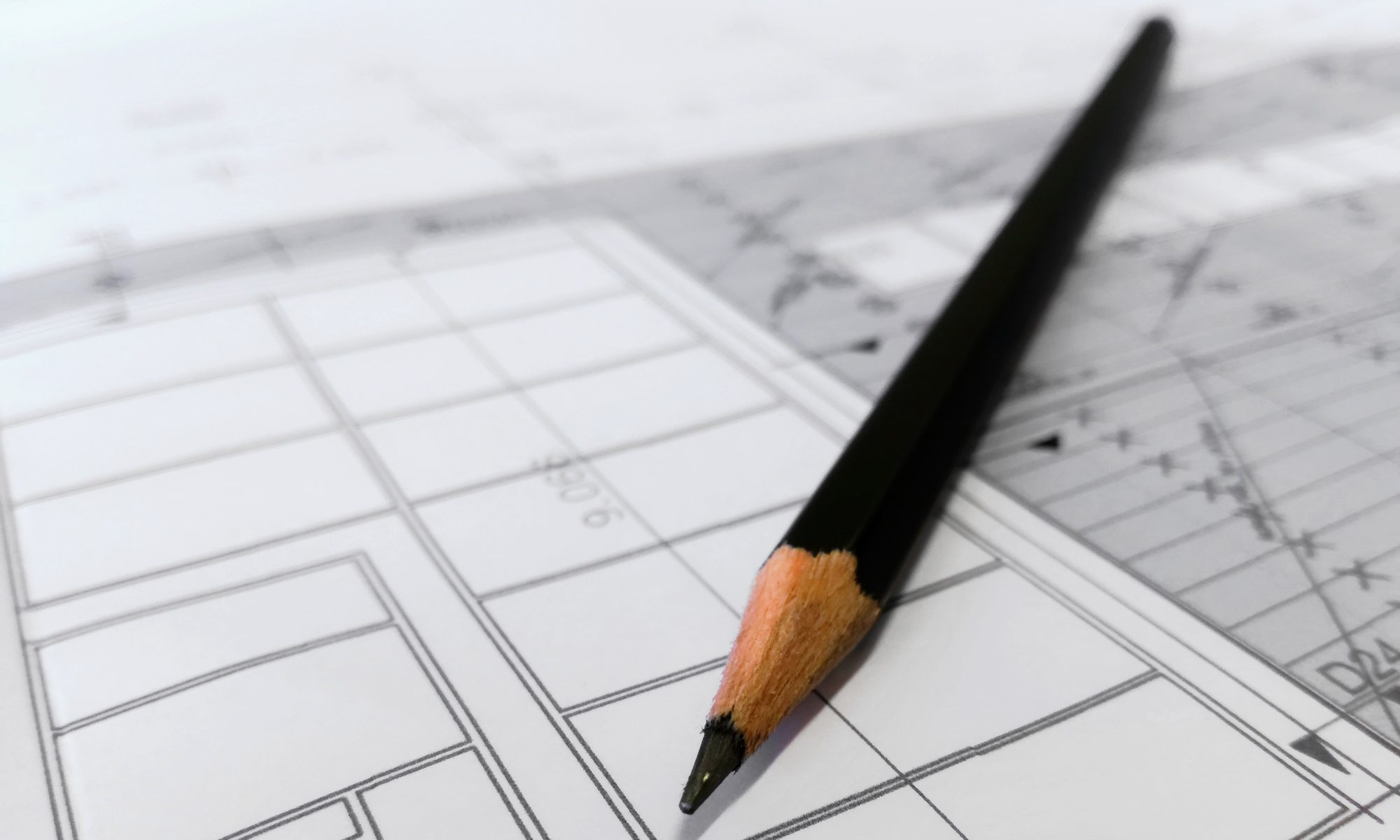
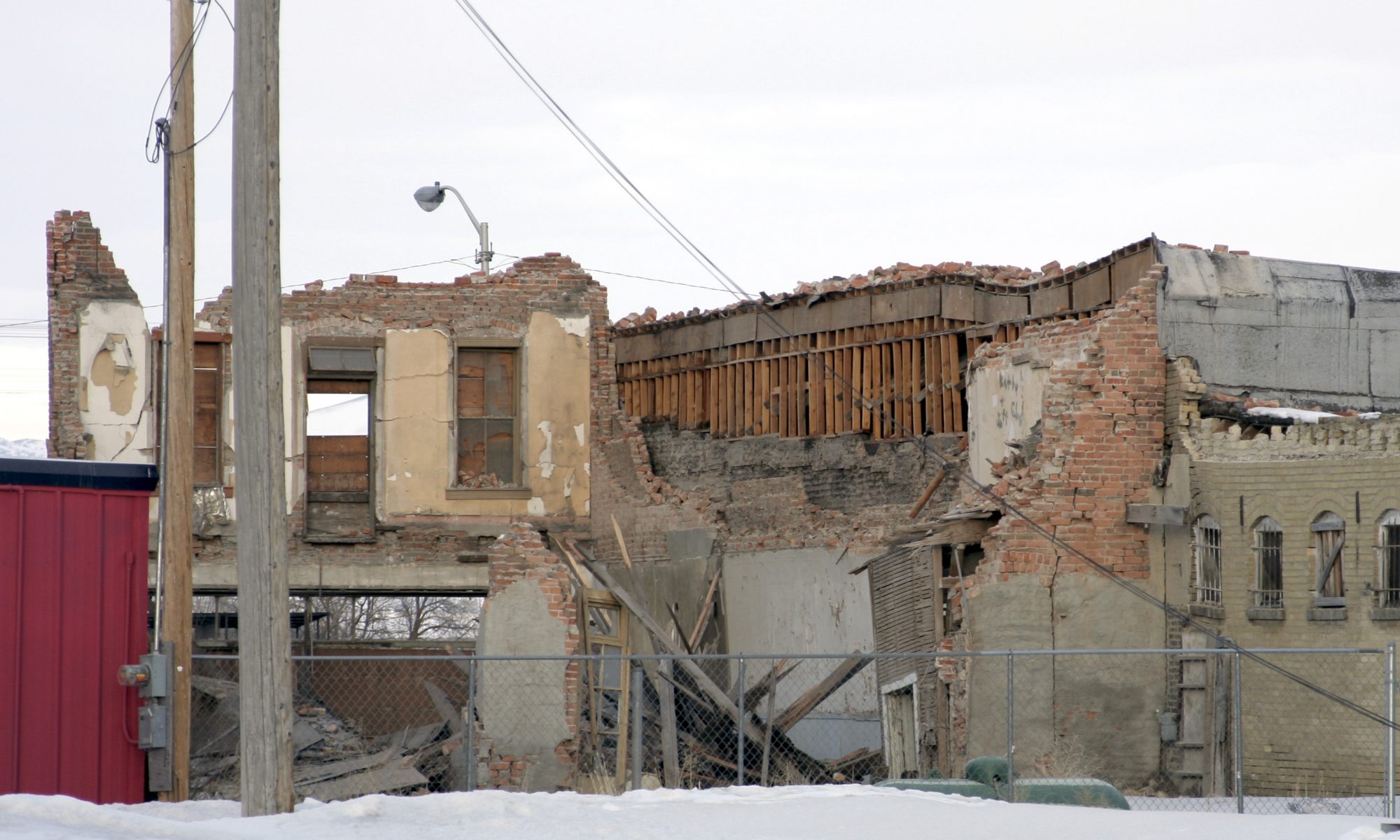
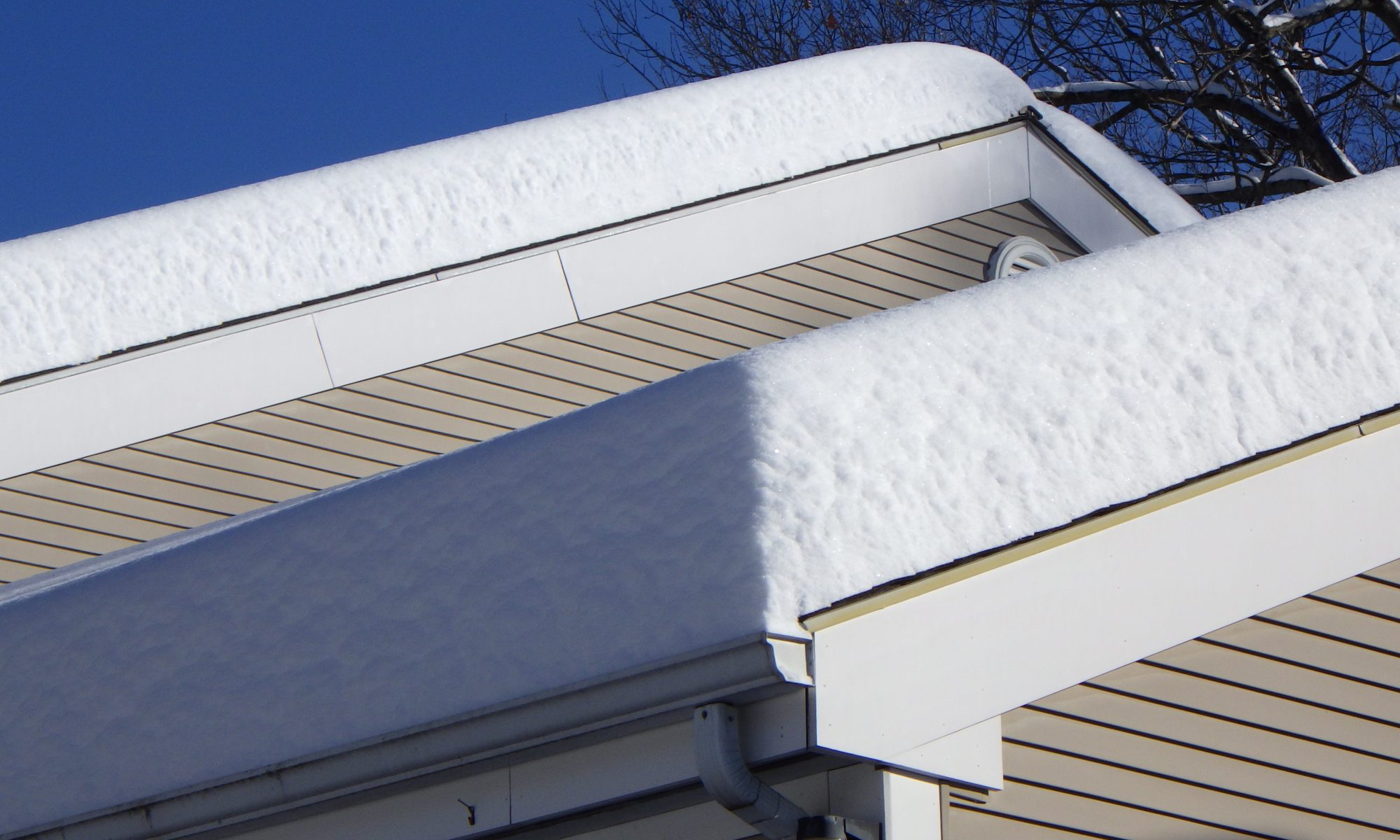
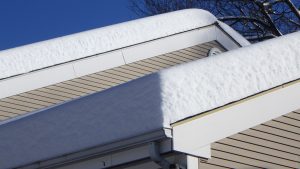 Any structure must resist all of the loads to which it is expected to be exposed, including those from occupancy and those from the natural environment, such as wind, snow and earthquakes. For residential buildings, typically defined as one and two-family homes and townhouses, this can be accomplished by following prescriptive provisions of the Residential code, which provide span tables for joists and studs, connection schedules and other design requirements in tabular form. These tables are generally derived from requirements of the general building code based on conservative assumptions and simplifications.
Any structure must resist all of the loads to which it is expected to be exposed, including those from occupancy and those from the natural environment, such as wind, snow and earthquakes. For residential buildings, typically defined as one and two-family homes and townhouses, this can be accomplished by following prescriptive provisions of the Residential code, which provide span tables for joists and studs, connection schedules and other design requirements in tabular form. These tables are generally derived from requirements of the general building code based on conservative assumptions and simplifications.